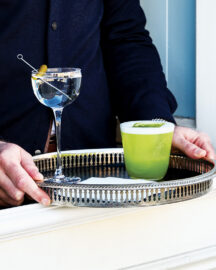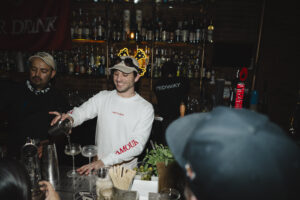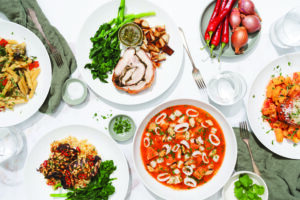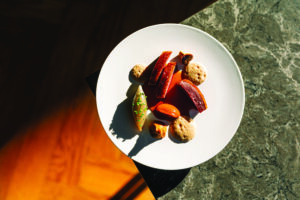The Off-Kilter Spectacle of Gelinaz!
It’s not a competition, it’s a challenge.
By MARIE-CLAUDE LORTIE
ACCLAIMED QUÉBÉCOIS CHEF Colombe Saint-Pierre greets diners at her station,
Welcome to Gelinaz!, the most innovative food event on the international circuit. “There is no other gathering like it,” says renowned Danish chef René Redzepi. Observes Quebec’s Saint-Pierre: “It’s not a competition, but it’s a challenge.” You may in fact have heard about Gelinaz! without realizing it. Perhaps last year, when the food pages were full of stories about how Matt Orlando of Amass in Copenhagen ended up cooking at Mission Chinese in New York, or about how Modena, Italy’s Massimo Bottura of Osteria Francescana—then No. 1 on the 2016 list from The World’s 50 Best Restaurants—had suddenly shown up in the kitchen at Hedone in London.
Or the year before, when dozens of high-flying stars like Alain Ducasse or Albert Adrià or Iñaki Aizpitarte swapped restaurants for one dinner, without telling their guests. That was Gelinaz! Other times it can take the form of a single dinner cooked by a group of avant-garde chefs in a specific place on a specific theme, such as reinventing a classic dish—a chaud-froid consisting of chicken, pork, sheep jelly, peas and beet —by an unknown Belgian chef. That’s what happened in Ghent in 2013. The name of the festival is purposefully nonsensical. It is a loose marriage between Pierangelini—the surname of an Italian chef who was part of an early version of Gelinaz! in 2005—and Gorillaz, the British virtual rock band.
Lyon-based Italian journalist Andrea Petrini, one of the co-founders, intends Gelinaz! to have an off-kilter edge. Along with his collaborator, Belgian film producer Alexandra Swenden, Petrini sees Gelinaz! as a series of perfectly original events linked by a common thread: each event must be a really creative, non-competitive but destabilizing artistic performance, where food and the act of cooking constitute the medium. “I basically started it because I was bored with what gastronomy had become,” says Petrini, a large, bespectacled, eccentrically dressed fellow who tweets only in capital letters and thinks food can and should be provocative, moving and ideally— mind-boggling.where she’s part of an illustrious team that includes Momofuku’s David Chang, May Chow of Hong Kong—named Asia’s best female chef of 2017—and rising Austrian star Lukas Mraz. She plucks a leaf from a tree and tells a startled diner to eat it. The leaves are wild spinach, attached to the tree with paper clips, and are to be used as wrappers for the braised venison. “We wanted to recreate an Asian market feeling, where you can buy street food, but all this in Upper Austria,” Saint-Pierre says later. The owner of Chez Saint-Pierre— ranked No. 46 in 2015 by Canada’s 100 Best—goes on to explain: “That’s why we also had a barbecue.”
Up the street in the tiny Upper Austria village of Neufelden, famed Swedish chef Magnus Nilsson, Brazil’s Manoella Buffara, owner of the top-rated Manu, and Austrian Konstantin Filippou, who has a Michelin-starred restaurant in Vienna, are also serving street food: venison à la ficelle (with string), hanging from a handmade steel structure over a fire that is almost in the middle of the road. “Don’t forget to take only one bite,” Nilsson advises, as guests grab their piece of meat covered with melting bone marrow. “Otherwise the marrow will go all over your shirt.”
Meanwhile, Ana Roš, the Slovenian-named 2017 best female chef by The World’s 50 Best Restaurants, is on an abandoned railroad car along with local father-and-son chef team Helmut and Philip Rachinger, and all are pretending to cook train food. At the same time, hot Peruvian chef Virgilio Martínez and Italian innovator Antonia Klugmann are inside a traditional inn dining room, pretending to be hosting a Christmas party, with lots of candles and meat dumplings. “To me, that’s Austria,” explains Martínez.






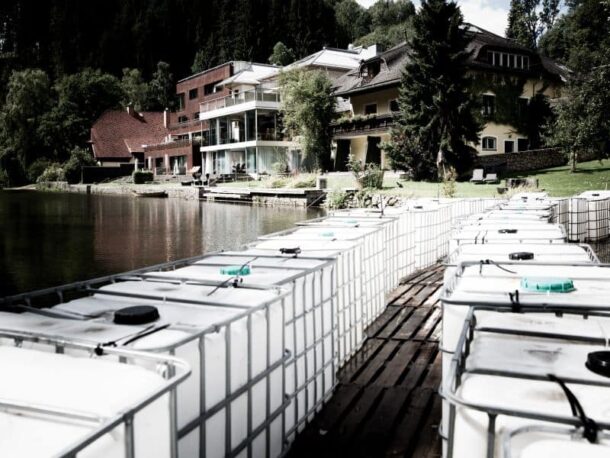

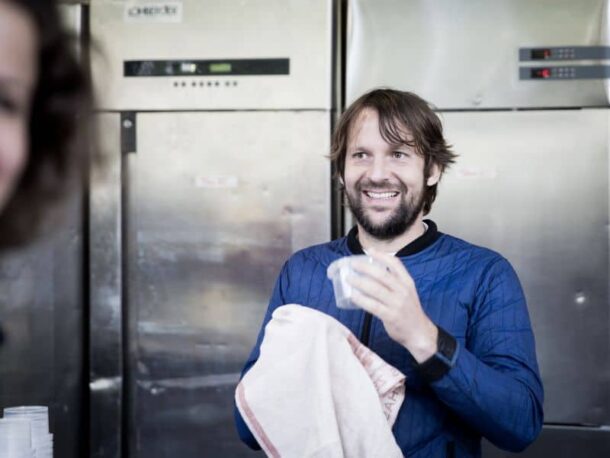


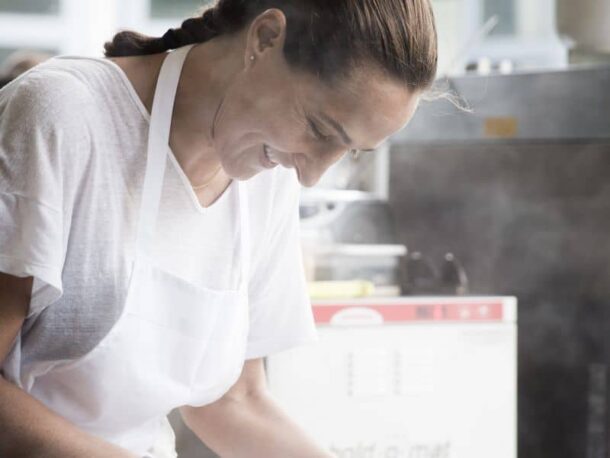


















For him, it makes perfect sense to compare the impact of some new flavour experience—like biting into a fresh green nut, or first sampling the supple texture of a sous-vide-cooked fish—to the feelings unleashed by iconoclastic artists like Quebec writer Réjean Ducharme, the singer Björk or British visual artist Sarah Lucas. So Gelinaz!—“an itinerant, experimental food performance”—as Petrini calls it, can be many things, and can happen once or several times a year. The latest version in Austria was a four-day event mixing avant garde cooking and art. The 140 tickets went on sale on July 13 and sold out in seven minutes.
The concept: 23 international chefs, about half of them women, were assigned to seven teams of three or four people, and all of them had to reinvent one of three “matrix recipes” served at the Mühltalhof inn run by the two Rachingers. The dishes were their signature goulash, a freshwater fish dish and a plate of venison. The participants had about three-and-ahalf days to get to know each other, find their ingredients and cook two versions of their deconstructed and reinvented dish. The first version was to be served at their own “station” somewhere in the idyllic village, surrounded by artists such as Viennese musician Zanshin, who created electronic sounds with wine glasses plugged into a piano and an amplifier. The second version of the dish would be served in an improvised dining room on the other side of the river from the Mühltalhof.
After trying all the village stations, diners crossed the water on a bridge built by the chefs and the artist-curator Joachim Eckl. The main dining hall was in a former train station, where diners sat down to experience the second interpretation of the recipe. Here, the dishes were a bit more classical, including cold soup with flowers and wild herbs (prepared by Redzepi’s team). Daniele Wiebogen, a Viennese food lover and public relations consultant, had made the three-hour drive to Neufelden on her own because, she explained, “I was the only one within my group of friends who was lucky enough to get a ticket.
And I was not going to miss it. Imagine all these great chefs cooking here!” The party afterwards went very late, with everyone dancing—especially the female chefs, who for the first time at Gelinaz! were equal in number to the men. “I loved every second of it,” said Buffara as she was leaving for the airport, mentioning the people, the cooking, the place, the art… “It was totally worth coming all the way from Curitiba (Brazil) to cook.” As for Redzepi, he exclaimed, “We don’t spend hours together. We spend days together. And things happen.”





















[vc_widget_sidebar sidebar_id=”sidebar”]
Share: Facebook, X (Formerly Twitter)

